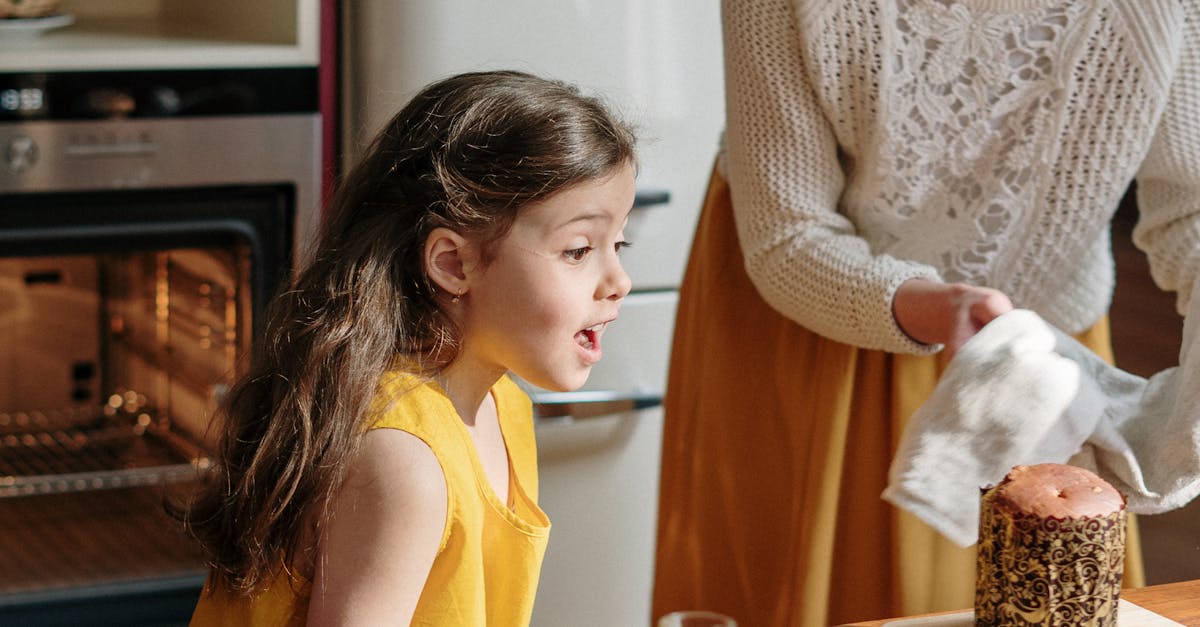November 17, 2024

Chocolate making is a fascinating blend of art and science that transforms humble cacao beans into the beloved treat we all crave. The process begins in tropical regions where cacao trees thrive. Farmers carefully harvest the pods, each containing 20-40 beans surrounded by a sweet pulp.
These beans undergo fermentation, a crucial step that develops the complex flavors we associate with fine chocolate. After fermentation, the beans are dried, cleaned, and shipped to chocolate makers worldwide.
Upon arrival at the chocolate factory, the real magic begins. The beans are roasted to further develop their flavor profile. The temperature and duration of roasting can significantly impact the final taste of the chocolate.
Next, the roasted beans are cracked and winnowed to remove the outer shell, leaving behind the prized cacao nibs. These nibs contain all the essence of chocolate flavor and are the foundation for the next steps in the process.
The nibs are then ground into a paste called chocolate liquor. This liquor is the base for all chocolate products. For dark chocolate, sugar is added at this stage. For milk chocolate, milk powder is also incorporated.
The mixture undergoes conching, a process that can last from a few hours to several days. Conching involves heating, stirring, and aerating the chocolate to refine its texture and develop its flavor. The science behind conching is complex, involving the reduction of particle size, the evaporation of volatile acids, and the development of flavor compounds.
Tempering is where the art of chocolate making truly shines. This process involves carefully heating and cooling the chocolate to create the right crystal structure in the cocoa butter. Proper tempering gives chocolate its signature snap, glossy appearance, and smooth mouthfeel.
Chocolatiers must master the precise temperatures and timing required for tempering. It's a skill that takes years to perfect and is crucial for creating high-quality chocolate products.
The science behind tempering involves the polymorphic nature of cocoa butter, which can crystallize in six different forms. Only one of these forms - the beta crystal - produces the desired characteristics in finished chocolate.
While traditional chocolate flavors remain popular, innovative chocolatiers are constantly pushing the boundaries of taste. They experiment with unique inclusions, flavor infusions, and even molecular gastronomy techniques to create new chocolate experiences.
Some exciting flavor trends in chocolate include:
While traditional methods are still valued, technology plays an increasingly important role in chocolate production. Advanced machinery allows for more precise control over temperature, particle size, and other critical factors.
Automation has revolutionized many aspects of chocolate making, from bean sorting to tempering. However, the expertise of skilled chocolatiers remains irreplaceable, especially in artisanal and craft chocolate production.
Speaking of automation, it's interesting to note how technology is transforming various industries. In the restaurant sector, for instance, our 24/7 AI Phone Agent at loman.ai is changing how businesses handle customer interactions, much like how technology has enhanced chocolate production.
As consumers become more conscious of the environmental and social impacts of their food choices, the chocolate industry is responding with increased focus on sustainability. This includes:
Many chocolate makers are now working directly with cacao farmers to ensure quality and ethical sourcing. This bean-to-bar movement has led to a renaissance in artisanal chocolate making, with an emphasis on transparency and quality.
While chocolate is often seen as an indulgence, dark chocolate, in particular, offers several health benefits when consumed in moderation. Rich in antioxidants called flavonoids, dark chocolate has been linked to improved heart health and cognitive function.
Some potential benefits of dark chocolate include:
It's important to note that these benefits are primarily associated with dark chocolate containing a high percentage of cacao solids and minimal added sugar.
The art and science of chocolate making is a fascinating journey that combines tradition, innovation, and a deep understanding of complex chemical processes. From the careful cultivation of cacao beans to the precise techniques of tempering, every step in chocolate production contributes to the final product's taste, texture, and appearance.
As technology continues to advance and consumer preferences evolve, the world of chocolate making will undoubtedly continue to innovate. However, the core principles of quality ingredients, skilled craftsmanship, and a passion for creating delightful flavors will always remain at the heart of great chocolate.
Cacao refers to the raw, unprocessed form of chocolate, while cocoa is the term used for cacao that's been roasted at high temperatures. Cacao is often considered healthier as it retains more nutrients.
The process can take anywhere from a few days to several weeks, depending on the methods used and the desired flavor profile of the final product.
Technically, white chocolate isn't chocolate as it doesn't contain cocoa solids. It's made from cocoa butter, sugar, and milk solids.
Generally, chocolate with 50% or more cacao content is considered dark chocolate, but many dark chocolate enthusiasts prefer even higher percentages, often 70% or above.

Enter your information in the form to receive a call from Loman and place an order like a customer would!